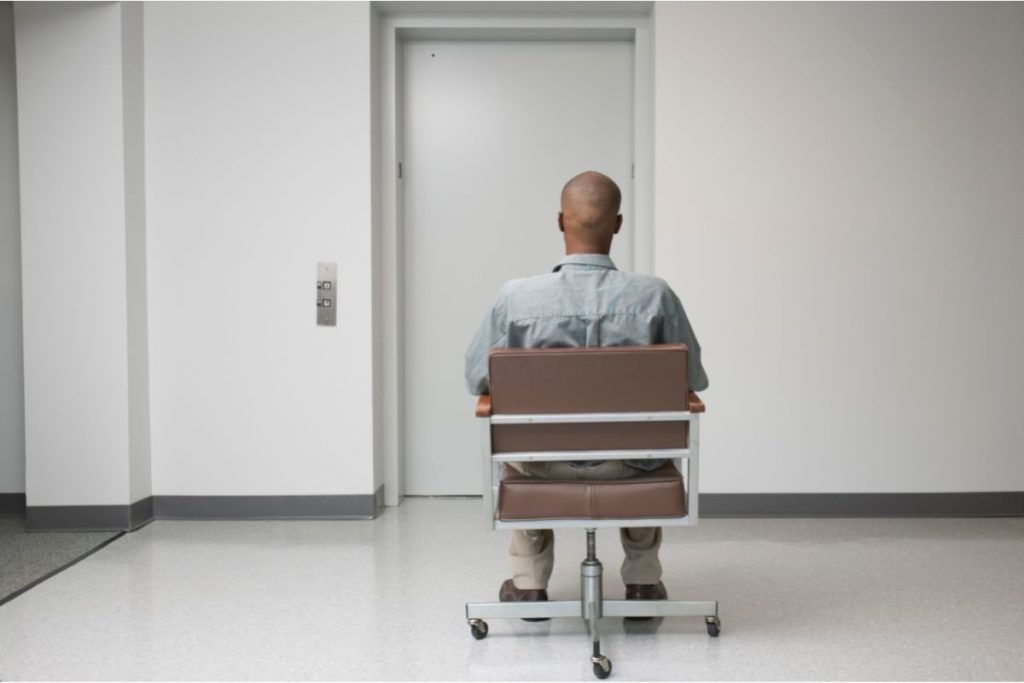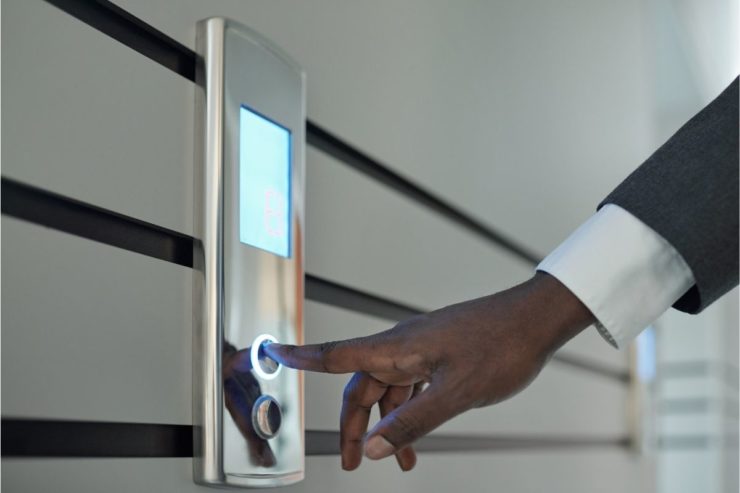Hydraulic lifts have been viewed as luxury items for a long time, but now they are being incorporated in more and more buildings, and thus they have started becoming a necessity. More builders are also incorporating them into their building plans. Contrary to what people believe, installing elevators is currently more affordable in fact, they can even pay for themselves by raising the resale value of a house or rent. Hydraulic lifts installed at home make it easier for older adults and people with limited mobility to move freely. They also add comfort to their homes instead of being enrolled in nursing homes or assisted living communities. Homes with children also turn to elevators that can lift baby strollers and car seats and tired parents. However, before installing the elevator, you have to assess whether the idea is applicable—some of the things you need to look for include.
Available Space
The primary limitation for home elevator installation is space, especially for houses that did not have the elevator option at the design stage. The standard size needed for a perfect elevator installation is around 20-25 square feet, close to your staircase or at the corner of the room. Building codes differ across the different states, but most elevators’ average space is floor space of 18 square feet and another 5 feet for the elevator shaft wall.
Usage of the Elevator
Another essential factor to consider before installing a hydraulic lift is to identify the reason why you want it. Of course, home elevators help you move from one point to another without straining much, but the specific purpose for its installation will determine the model you want. Some people install elevators for investment or aesthetics without much need to use them. Others install them to help with movement and allow them to age in place. Whatever reason, you will have to talk to your constructor and get their advice on which one is the best to use. They come in different models grouped into four categories which include;
- Void of a stairwell
- Standard retrofit
- Thru cab
- Closet-to-closet
Budget
We do not like to hear this, but we cannot make any home improvements without the budget. Installing an elevator involves many processes, such as running hydraulics and adding access to electricity to the control box of the elevator. The installer also has to count the number of stopovers and, finally, high-end fixtures such as brass fittings.
All this prep work is what adds to the installation cost of the elevator. Therefore, as much as they are currently affordable, you will still have to part some money. So it would be best to get a rough estimate of how much it will cost you to put it in place. Moreover, the budget of a house with no option of an elevator at the design stage can be pretty pricey compared to adding one at the construction stage.
Safety 
We have heard of several unfortunate elevator accidents. Therefore, installing a new elevator needs careful planning. Not only does the elevator need to be functional, but also it has to be safe. You need to consider safety features such as an emergency alarm system in case of a breakdown.
Before hiring a company to install your elevator, at least get some reviews from previous clients to gauge whether they are competent in what they do. Also, before installations, ensure the installers take you through the maintenance, general usage guidelines, and risks of the lift.
Capacity
You have to consider the number the people the lift will be carrying. Since it is a home lift, it will probably not be bringing many people, but what of the days you will be having visitors over or carrying heavy luggage.
Primarily, the elevator should be able to bear the weight when it is at maximum capacity. Most home elevators can hold around 500 to 700 pounds, with some as high as 1500 pounds. Therefore depending on your usage and the people in your household, you need to pick one that will be safe to carry that amount of weight.
Installation Time
Elevator installation can be invasive. Deciding to add an elevator to your home will mean weeks of constructors in your space, construction noise, and dust for weeks. For this reason, you need to be aware of how much time the installation will take to psychologically prep yourself. A through-the-floor elevator will take around 2-4 weeks to be complete; an elevator shaft inside the house may take an average of 4-8 weeks on the higher side. Therefore when choosing the elevator you want, do not forget to inquire about the installation time.
Bottom Line
If you consider adding a home elevator, you need to consider the factors mentioned above to help you with decision-making. Elevators come with many conveniences that you cannot afford to miss out on, especially if you can afford them. Not only do they provide comfort, but they are also an excellent way to stay safe from falling off the stairs, which is a common accident that affects all age groups and especially older adults.













